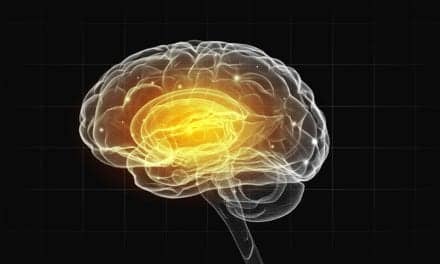Researchers from Case Western Reserve University (Cleveland) have developed a procedure that restores function to muscles involved in the control of breathing – even when they have been paralyzed for more than a year.
The breakthrough offers hope that one day patients with severe spinal cord injuries will be able to breathe again without the assistance of a ventilator.
The research represents a critical step forward in efforts to reverse even long-term paralysis of muscles within the diaphragm that are activated by nerve fibers that extend from the upper part of the brain stem, according to principal investigator Philippa M. Warren, PhD, who presented the results Nov. 17 at Neuroscience 2014, the annual meeting of the Society for Neuroscience.
When those nerve fibers are damaged in the spinal cord, electrical signals from the brain cannot reach motor nerves that leave the spinal cord to activate muscles that control vital functions. This new research offers a two-step approach to repair the part of the damage that blocks those signals.
“We show that respiratory paralysis can be reversed at long intervals after spinal cord injury,” said Warren, a neurosciences researcher at MetroHealth Medical Center. “This has the potential to alleviate the long suffering of currently injured patients, improving their quality, and potentially length, of life.”
Investigators focused their research on a group of nerves that extend from the respiratory control center in the brain stem down to the C3 through C5 vertebral levels of the spinal cord located in the middle of the neck. These fibers, or brain axons, control the diaphragm muscle in its critical function of breathing.
Any injury to the spinal cord above the C3 vertebra can cause widespread muscle paralysis leading to difficulties in breathing, but also moving, regulation of cardiac output, and sexual function. Unfortunately, these injuries high in the neck are the most common among sufferers of spinal cord trauma.
Researchers devised a technique to treat the injury site with a specially designed enzyme to reopen connections and to apply respiratory therapy to strengthen the remaining functioning respiratory muscles. In laboratory animals, investigators used the combination technique to restore respiratory function many months after the injury.
Using the combination enzyme injection with intermittent hypoxia treatment boosts levels of serotonin. By increasing serotonin at nerve connections and at the specific receptors on the fibers themselves, the researchers were able to help restore diaphragm function back to normal levels in the animals.
This finding is extraordinary not only because function to the paralyzed muscle was completely restored, but also because researchers were able to achieve breathing in animals that had been injured for a year and a half.
“It is remarkable to reactivate the diaphragm and breathing in a chronically injured animal that has had a paralyzed half diaphragm most of its life,” said Jerry Silver, PhD, a Case Western Reserve professor of neurosciences who collaborated in the research.
While these results are encouraging, more research is required to perfect the treatment, the researchers concluded.










